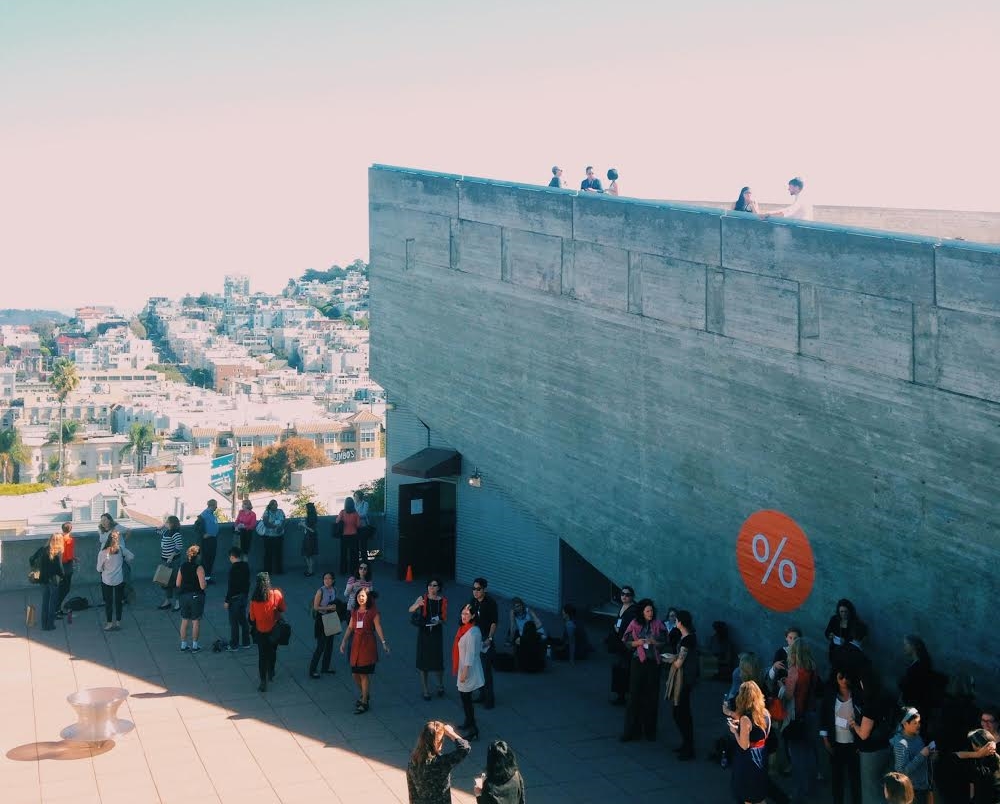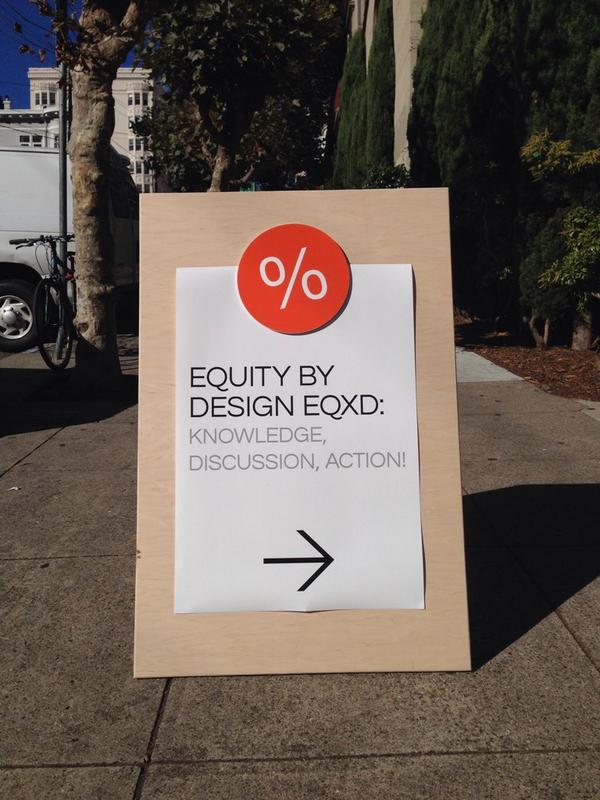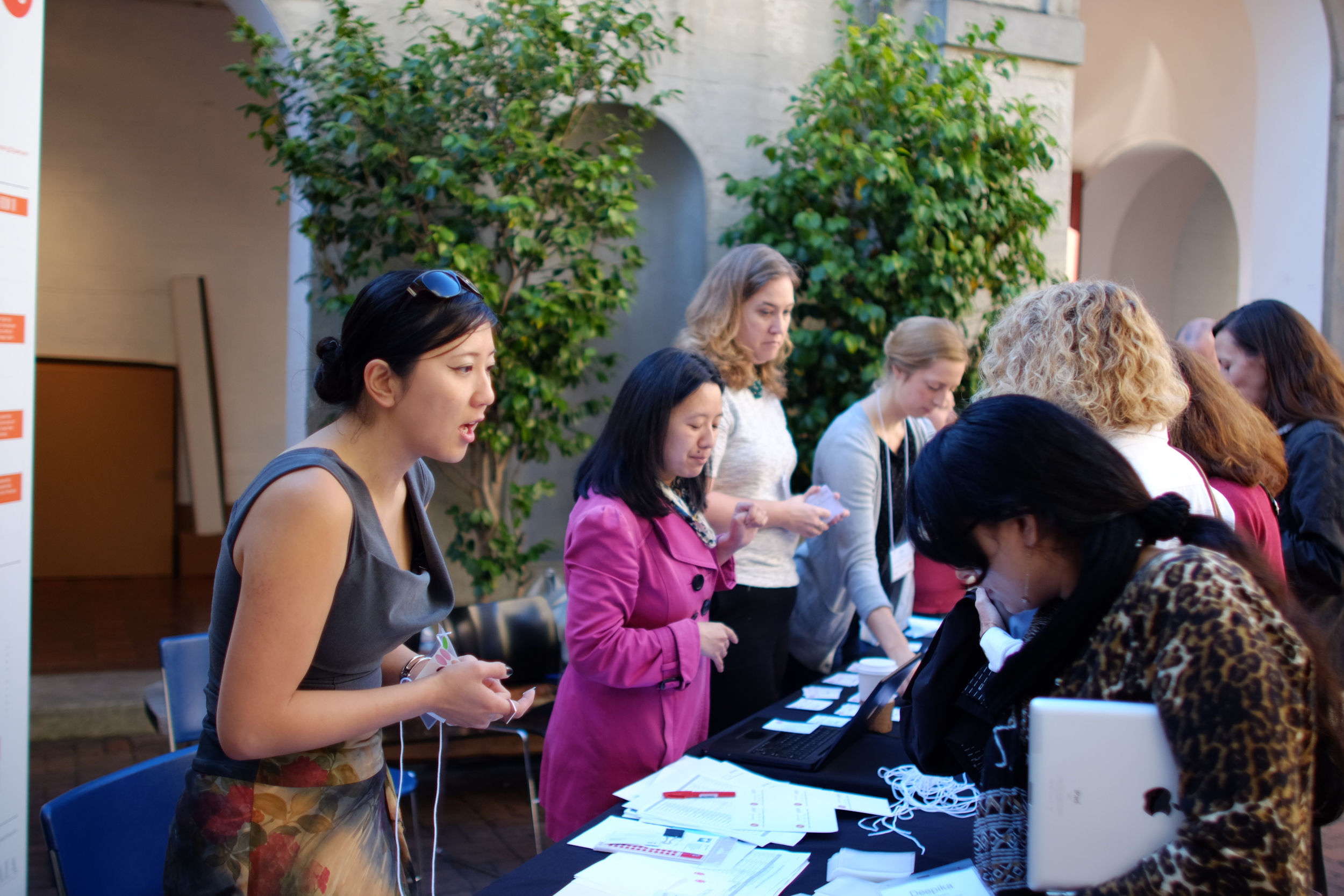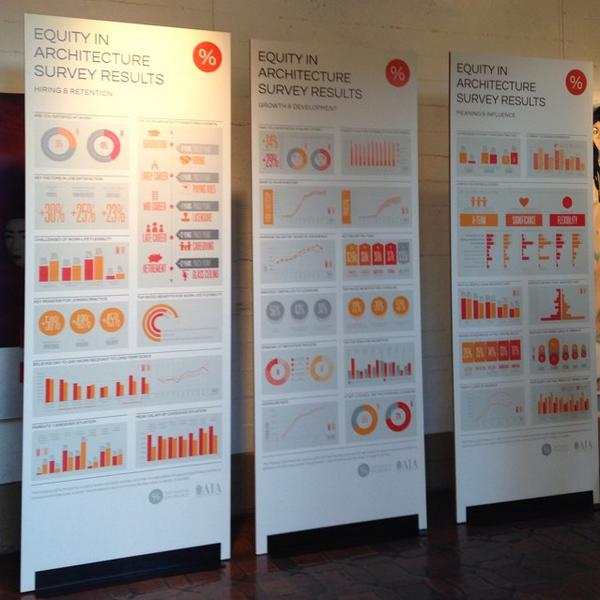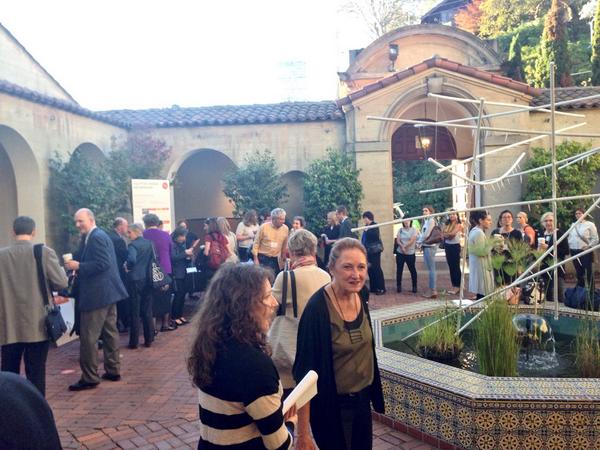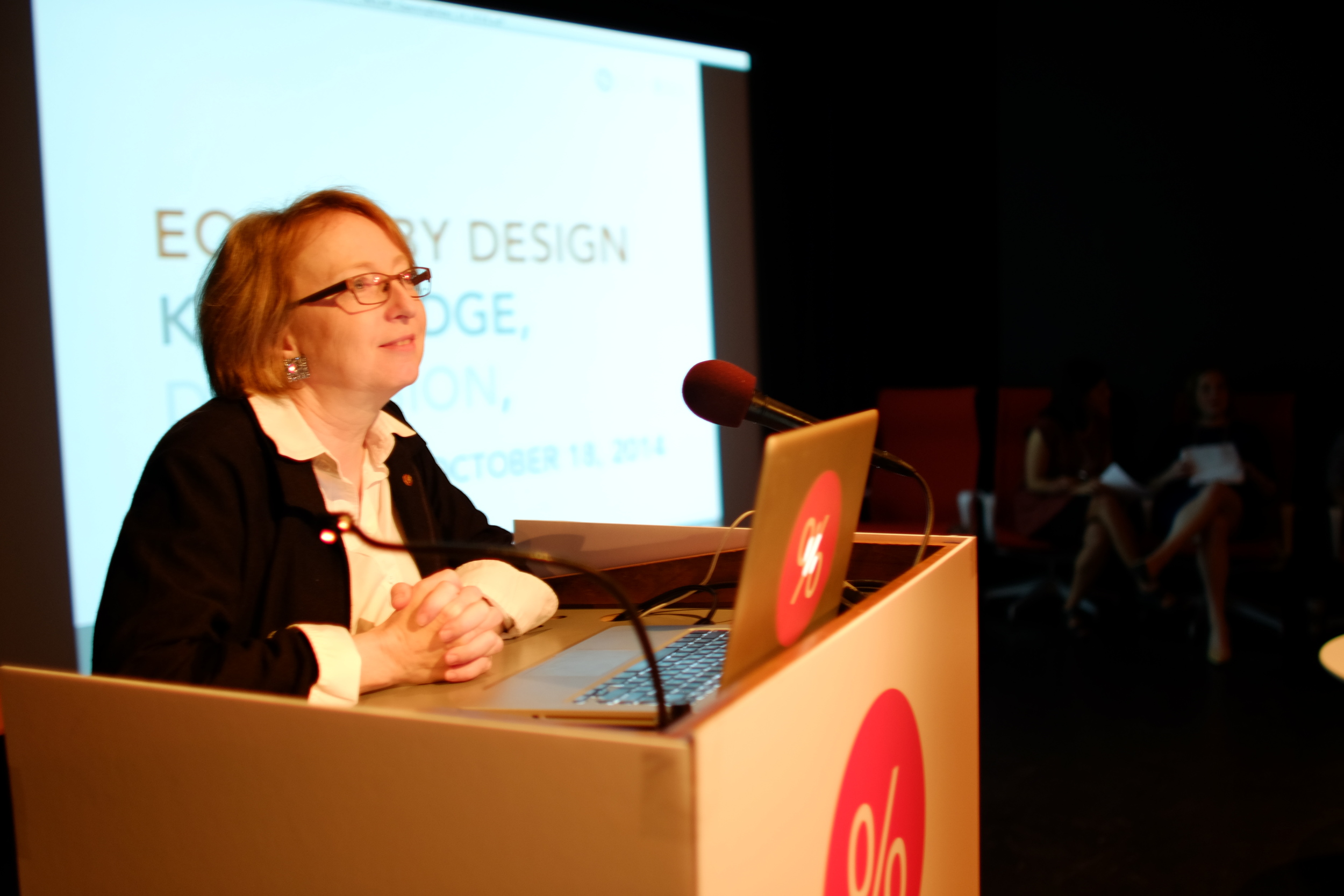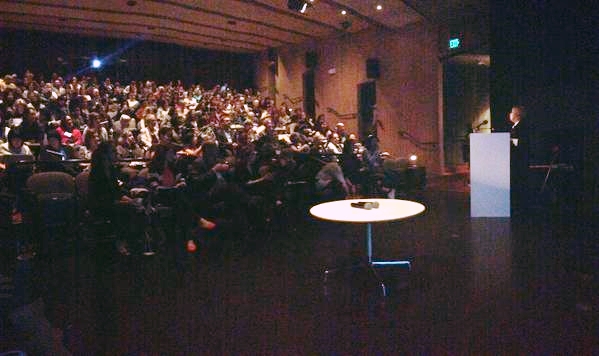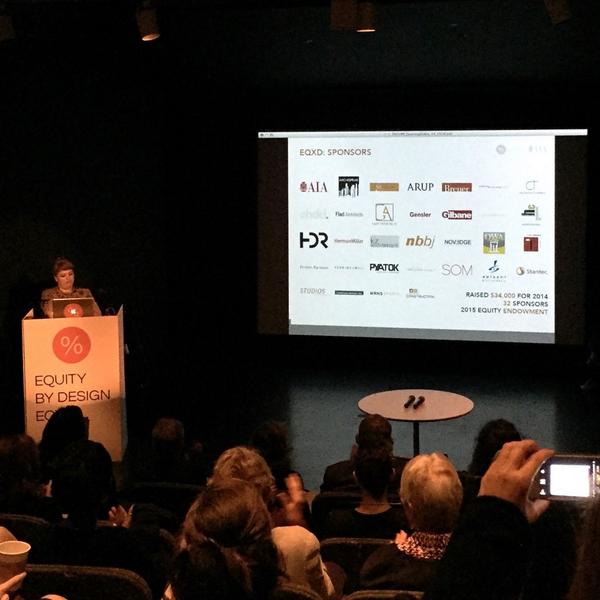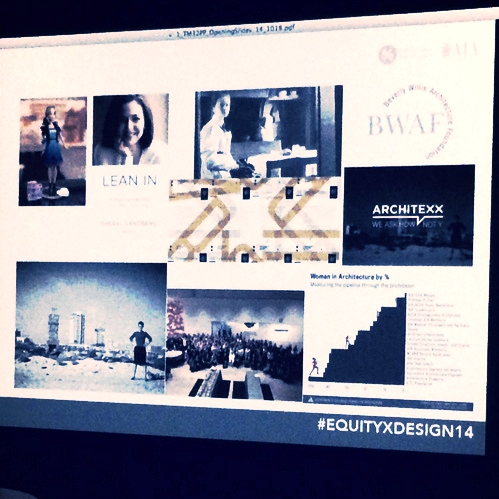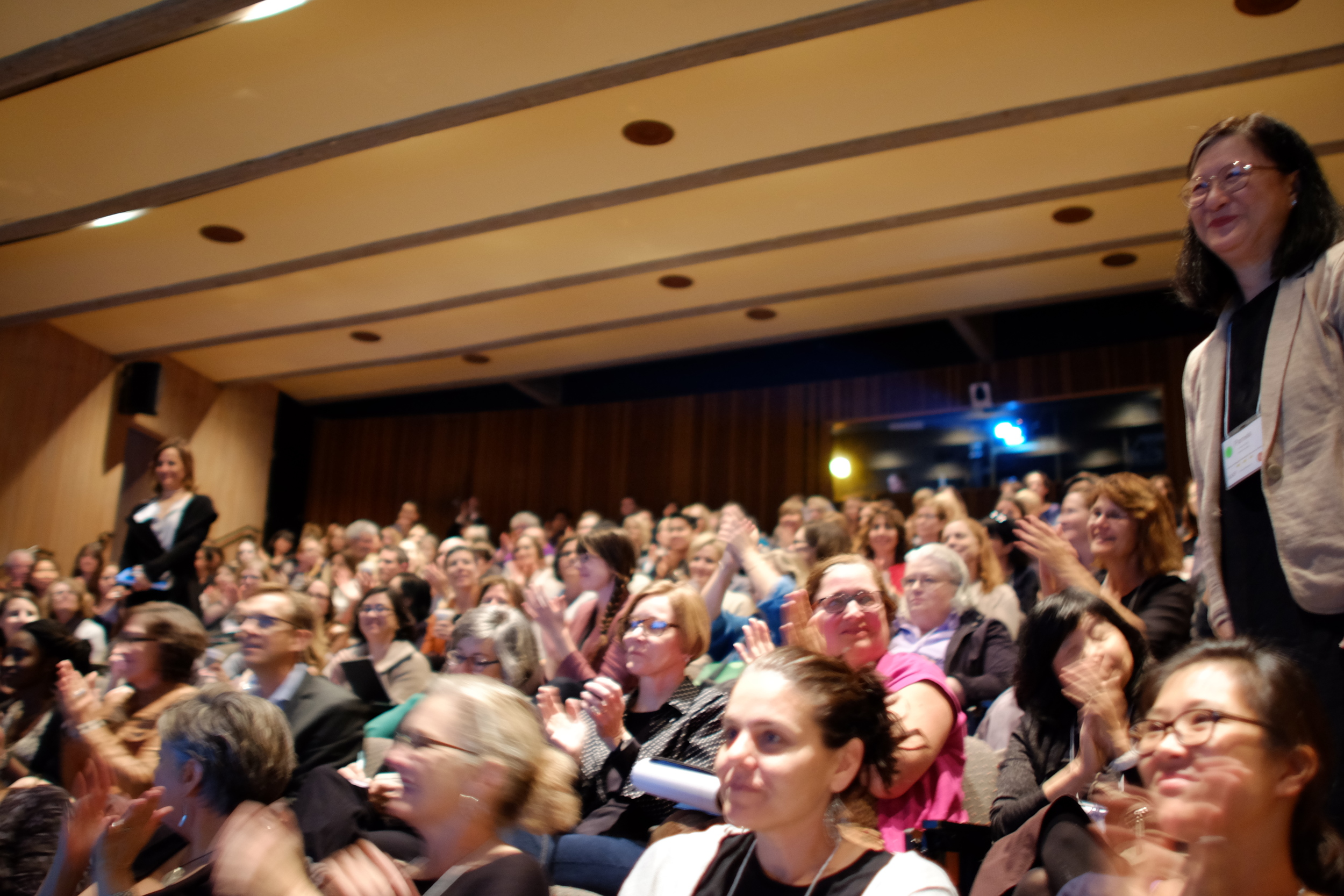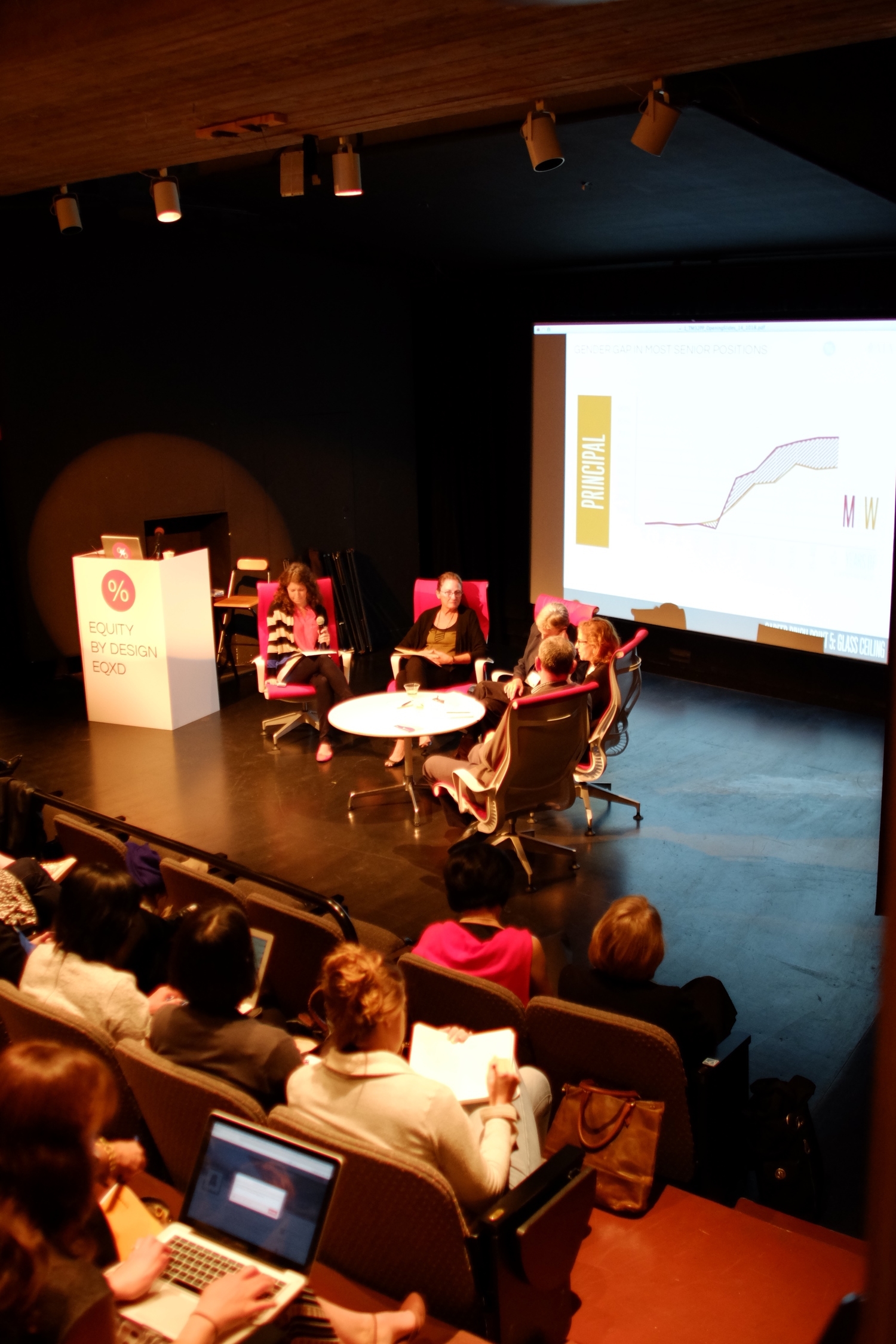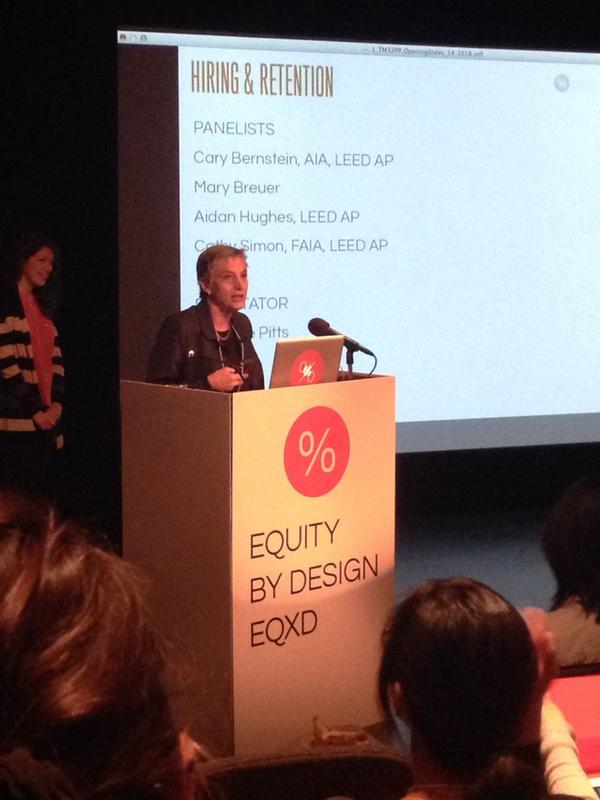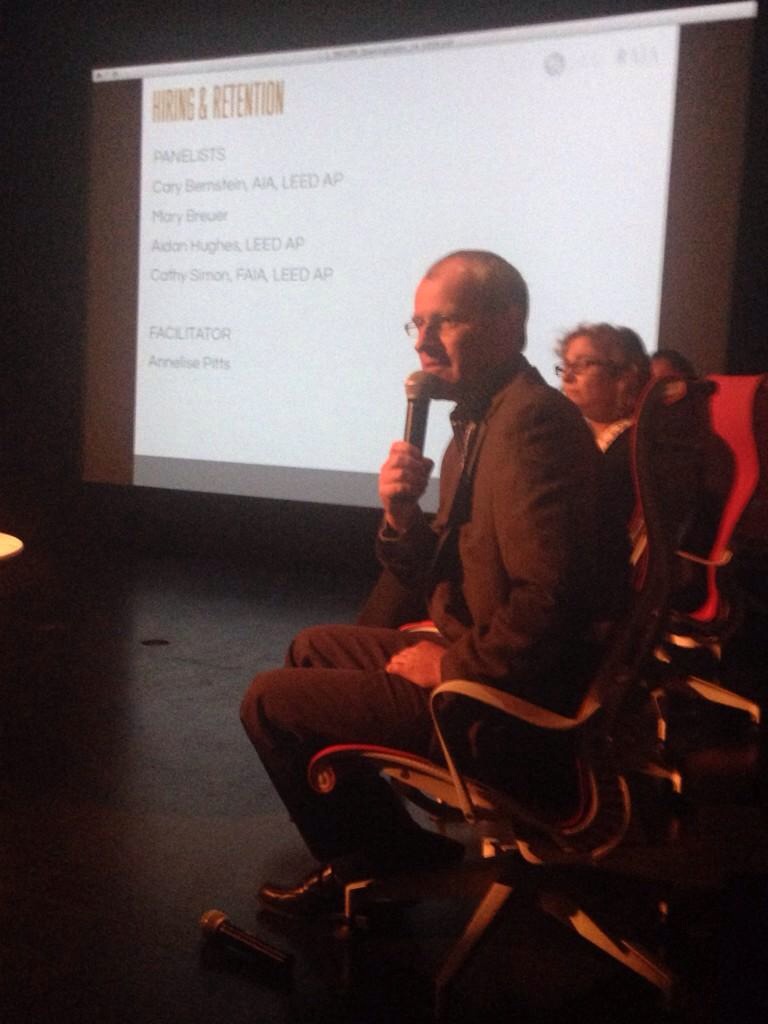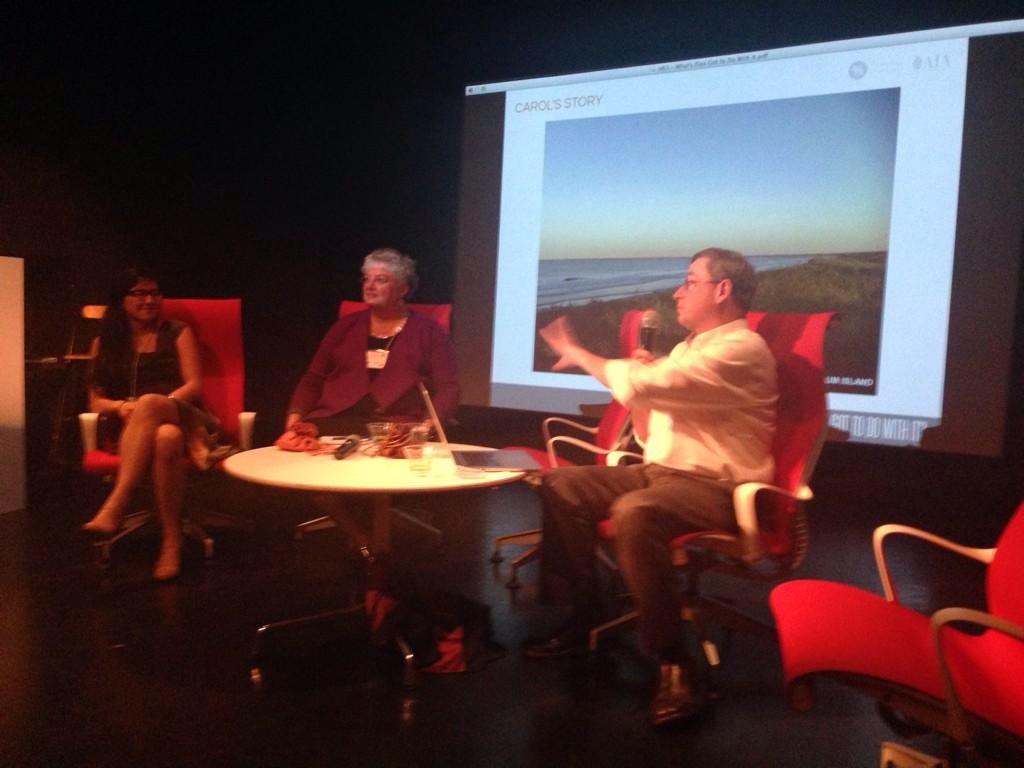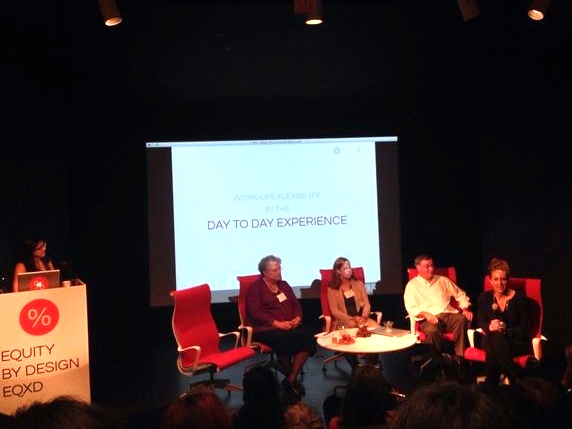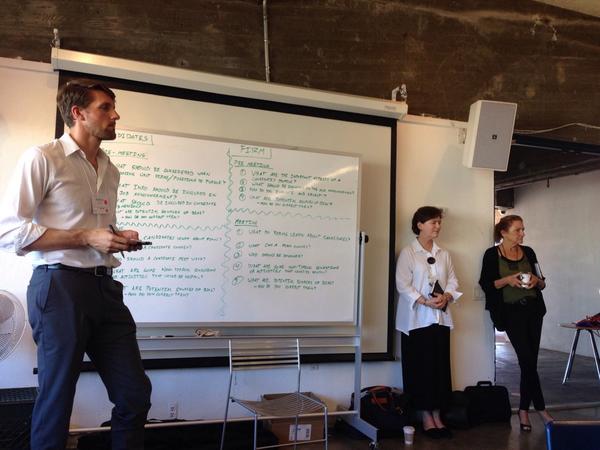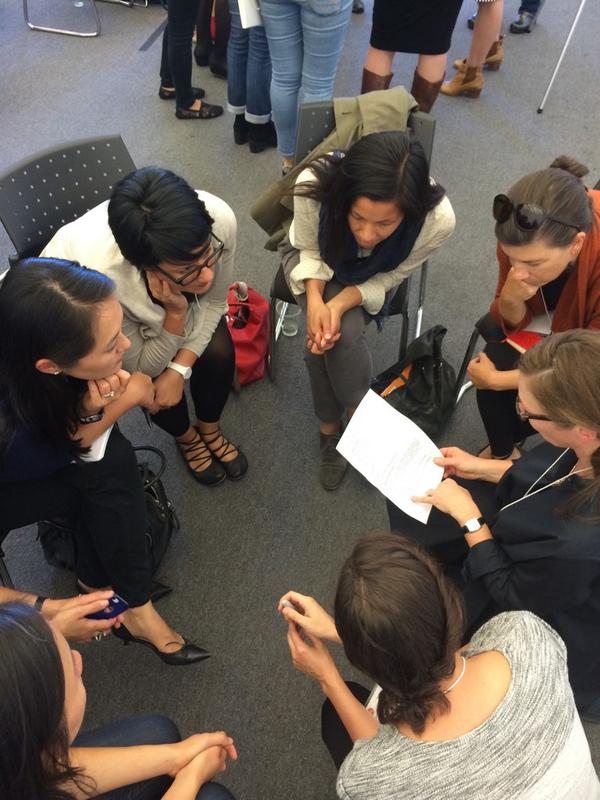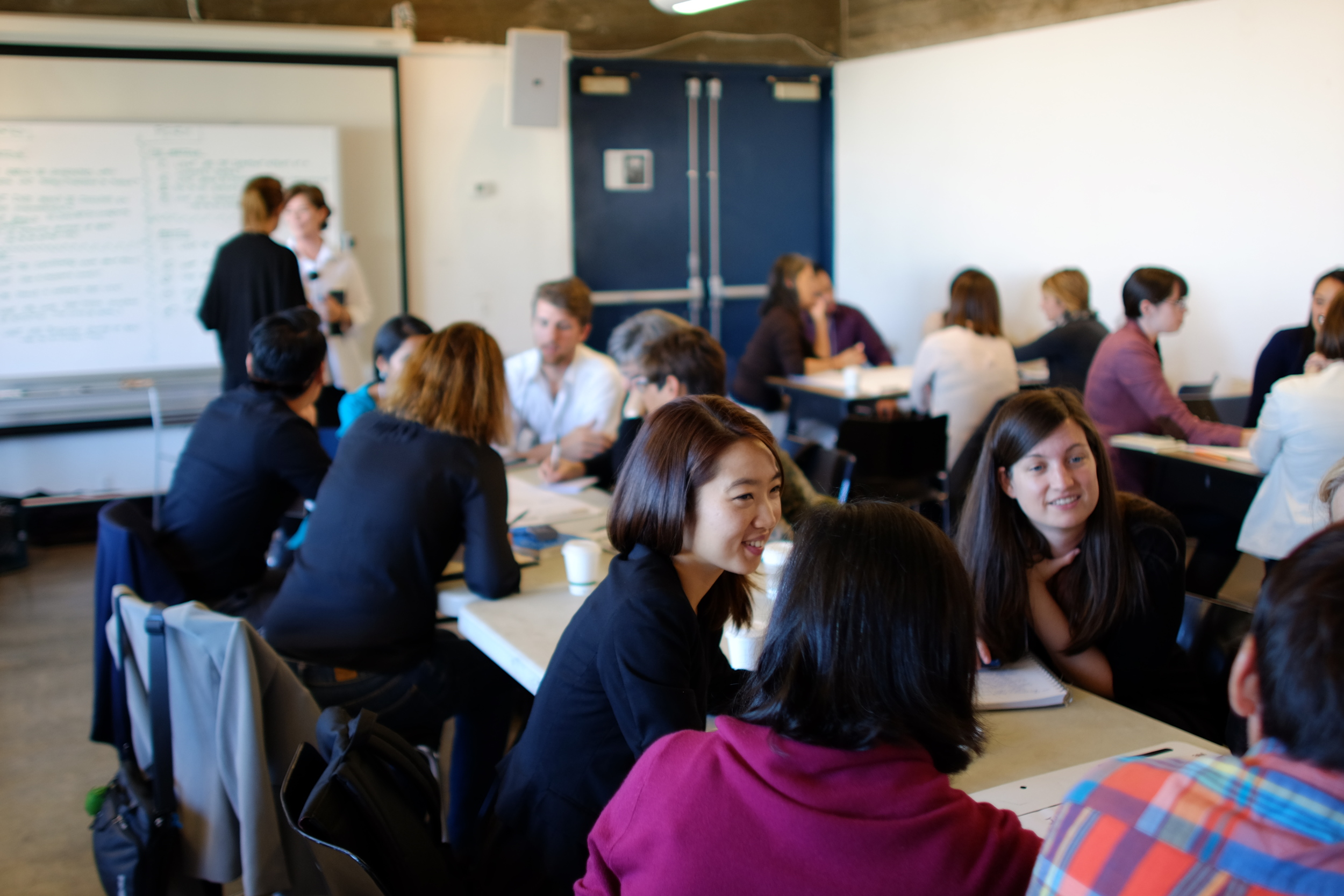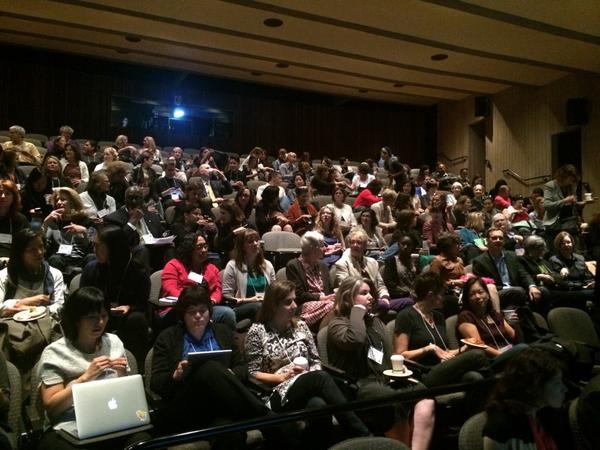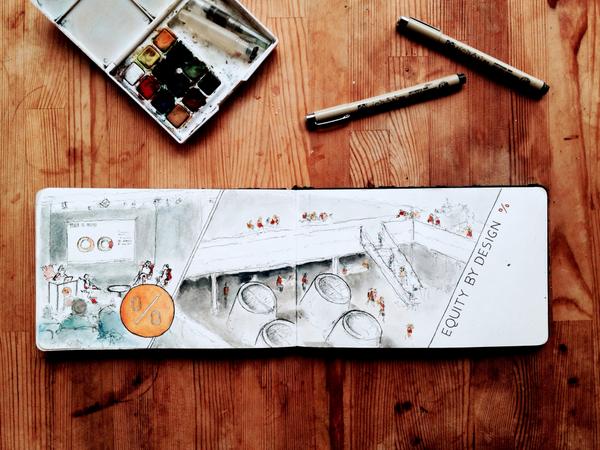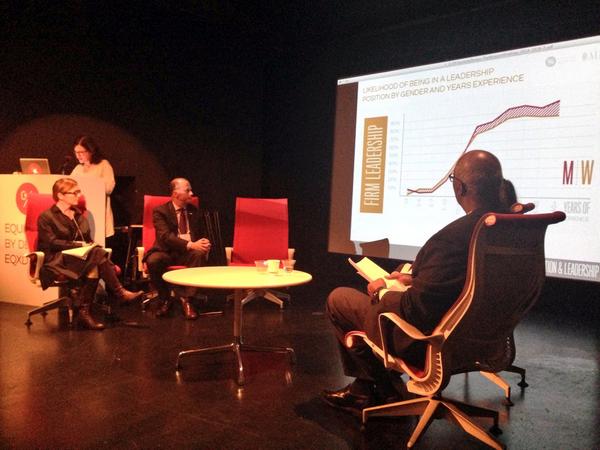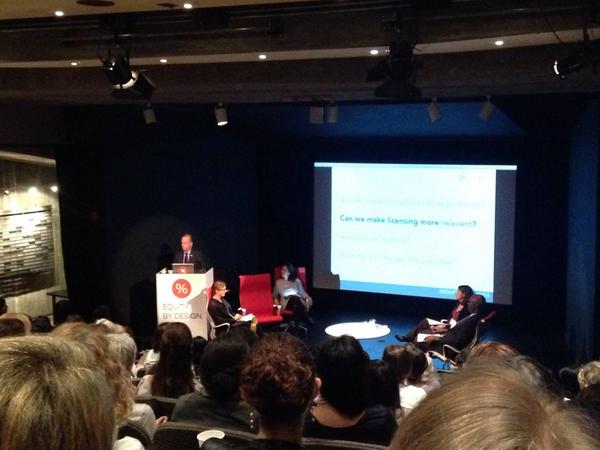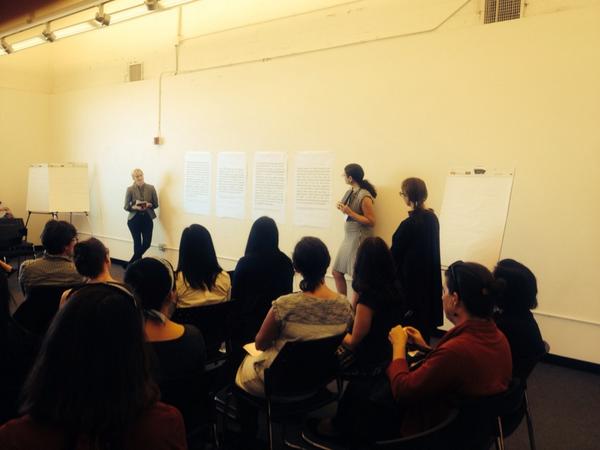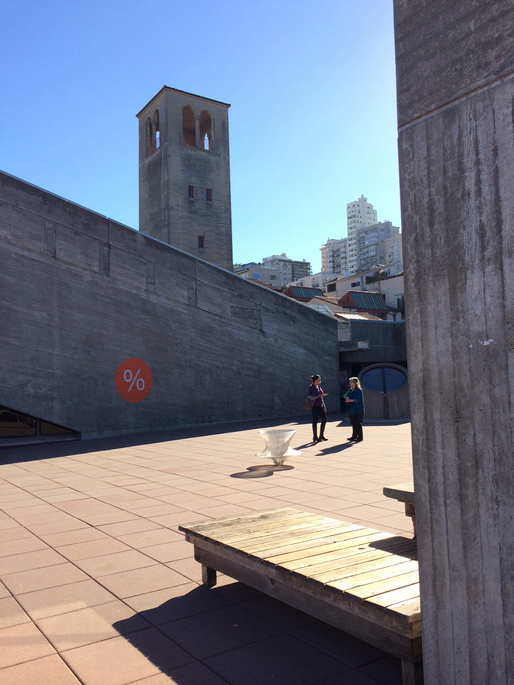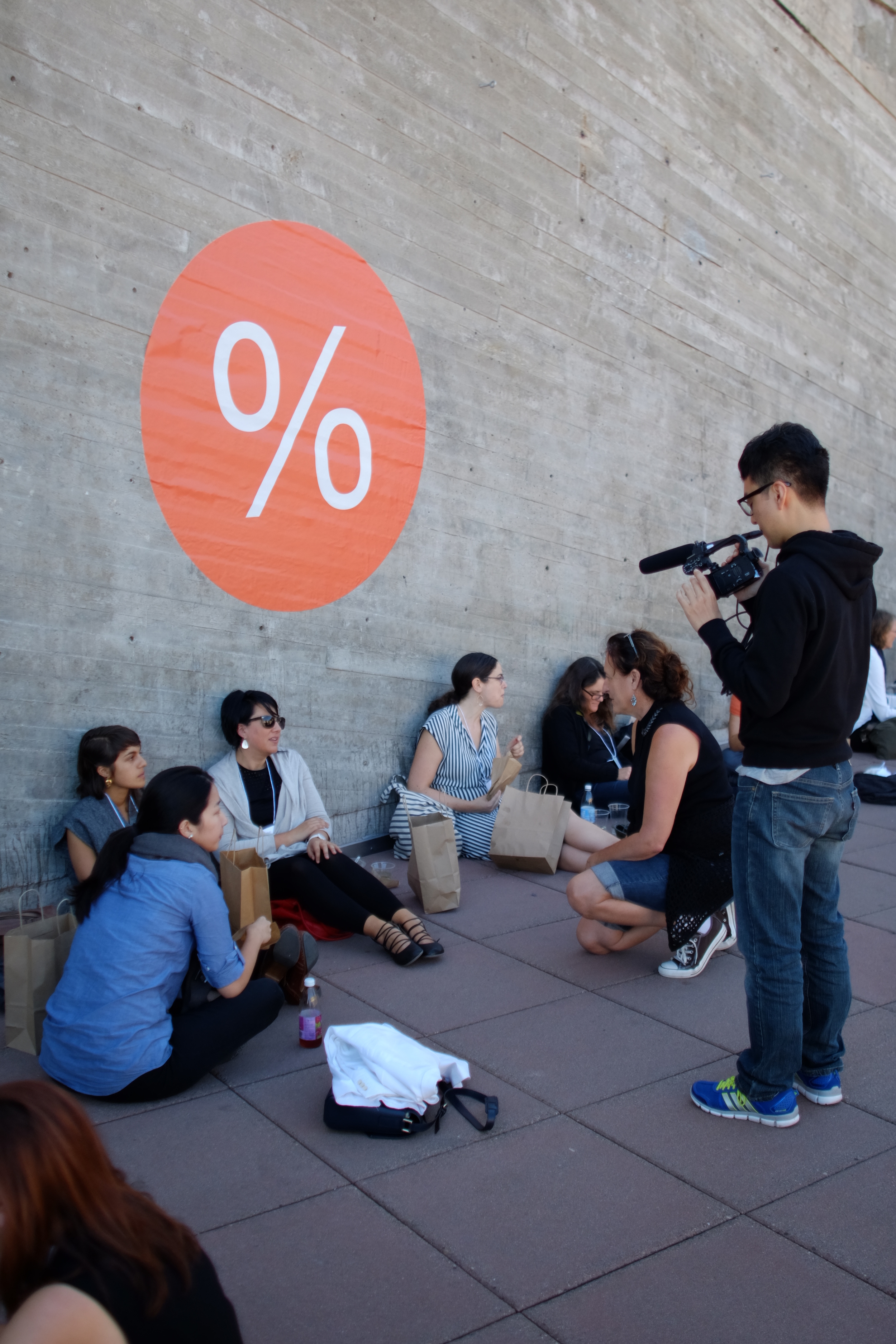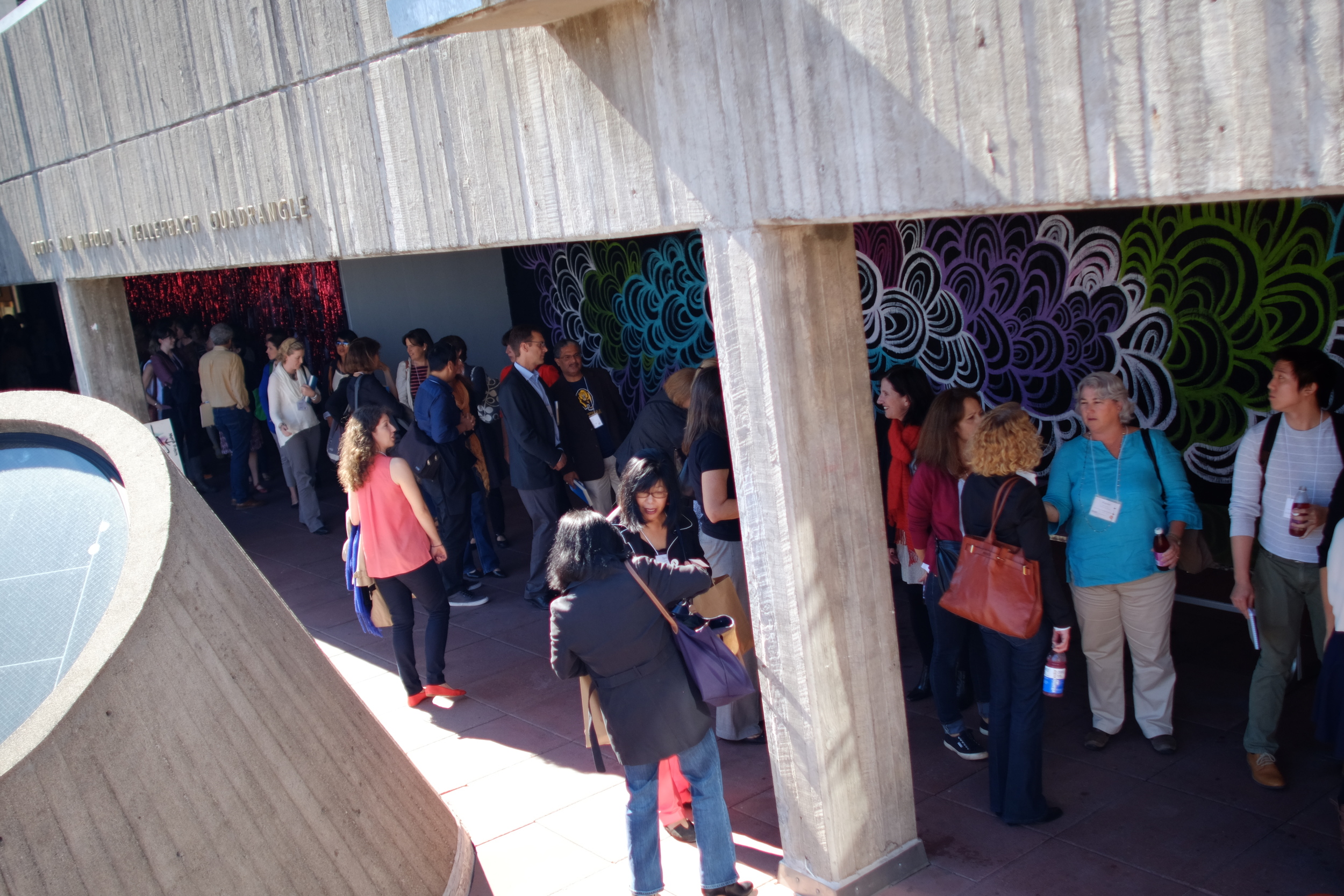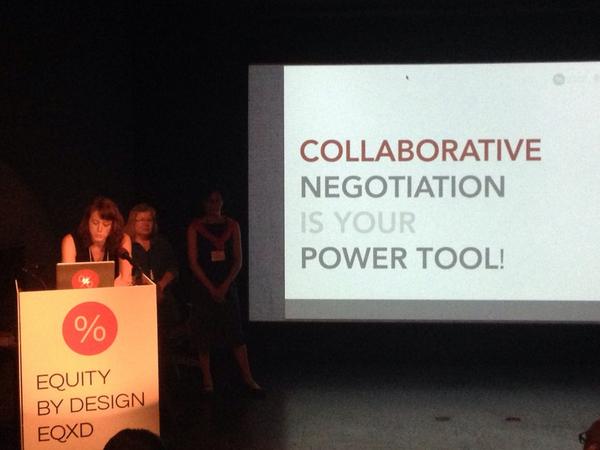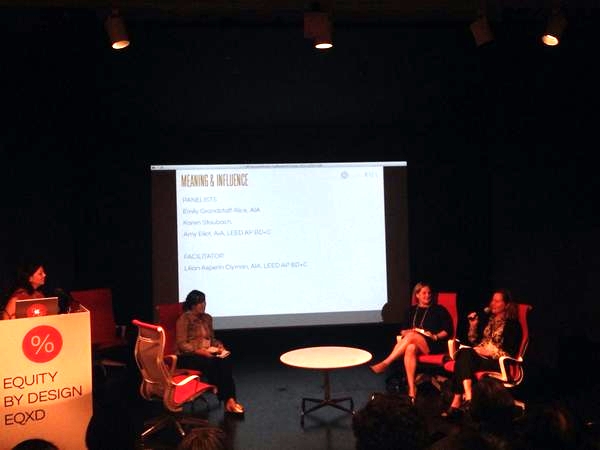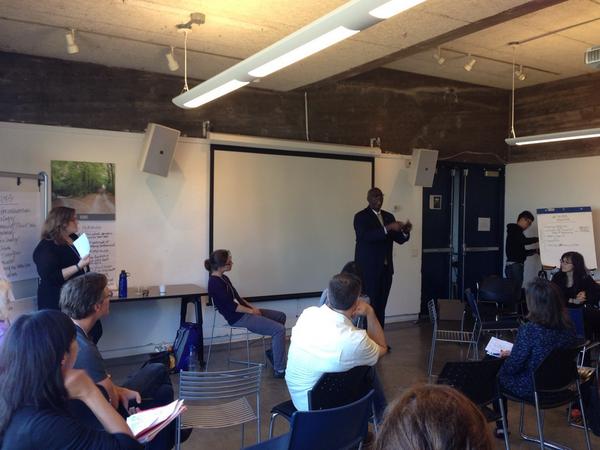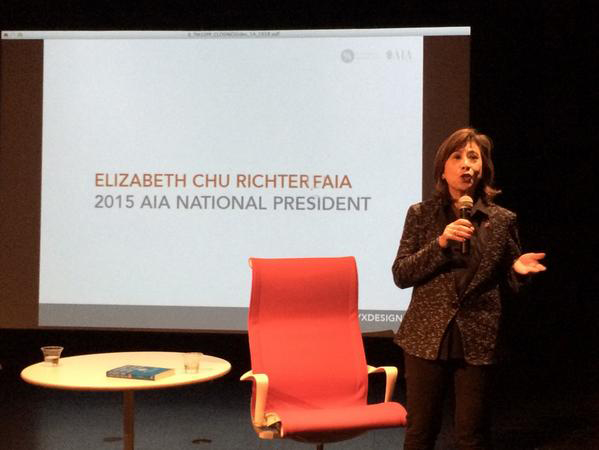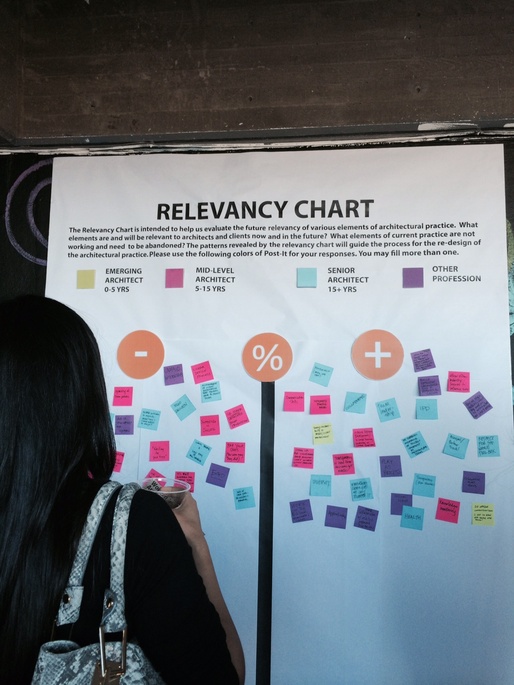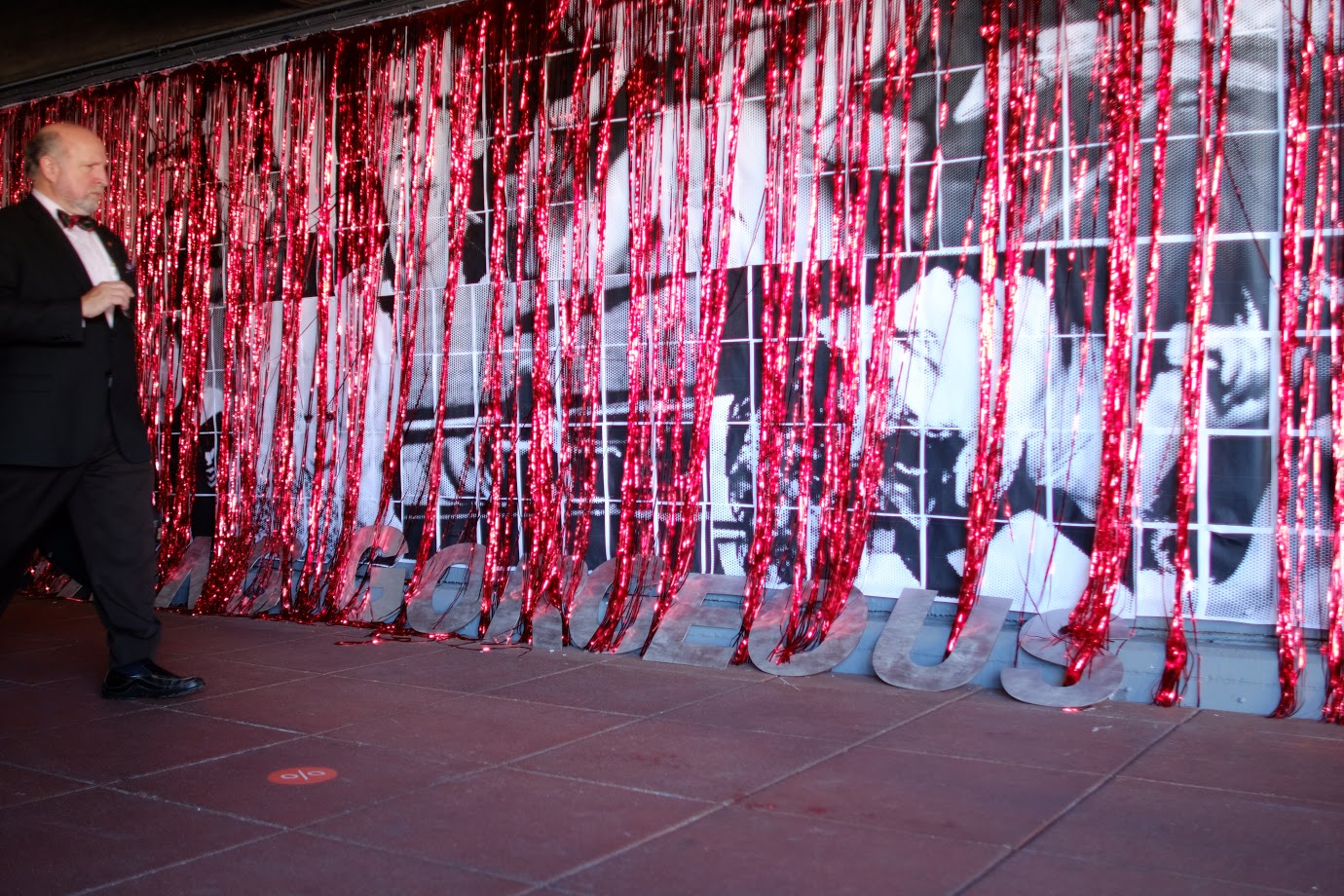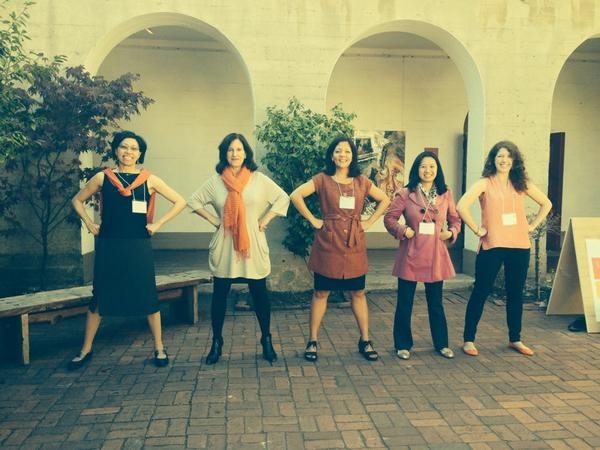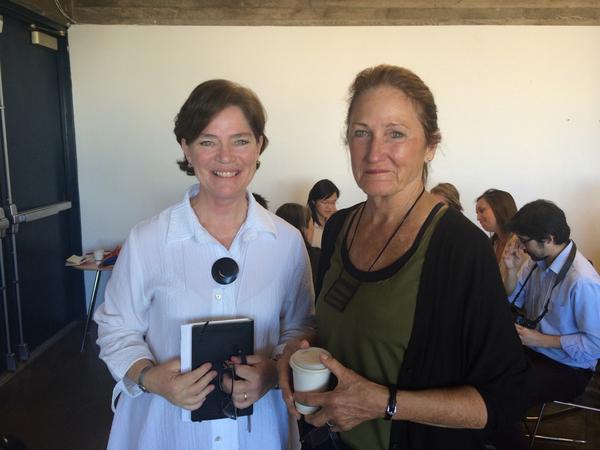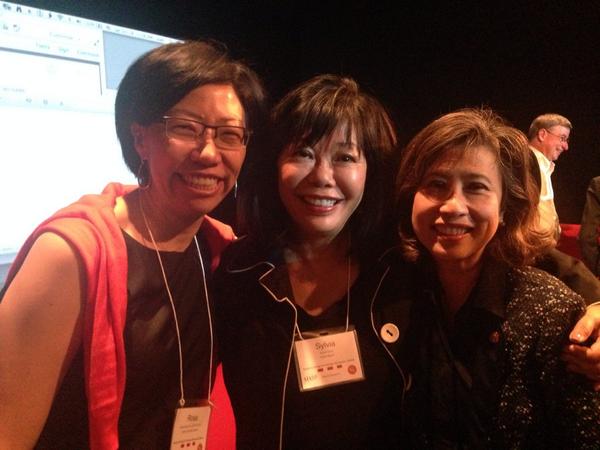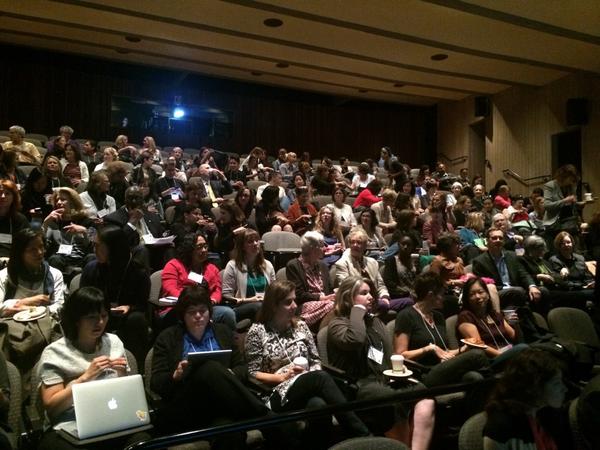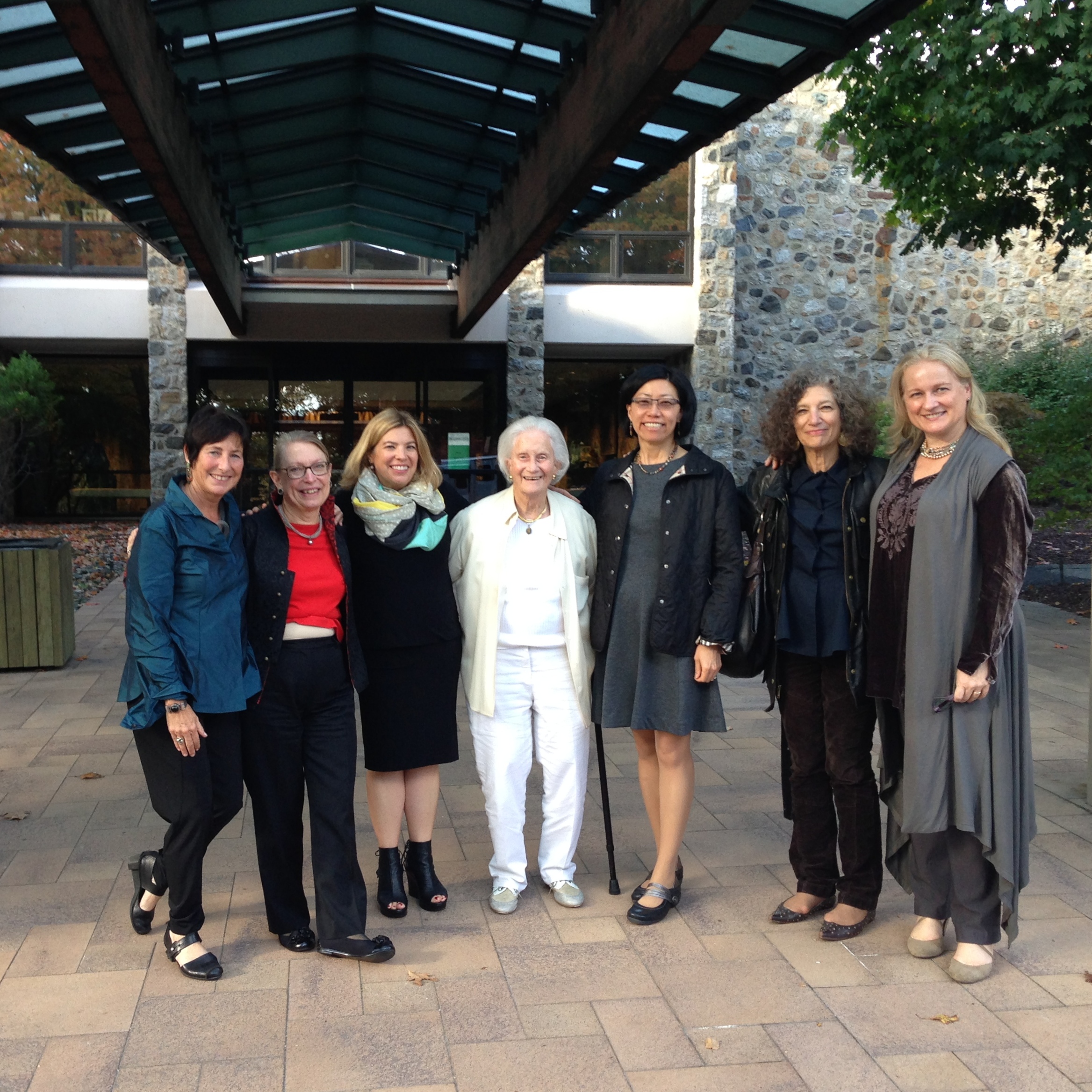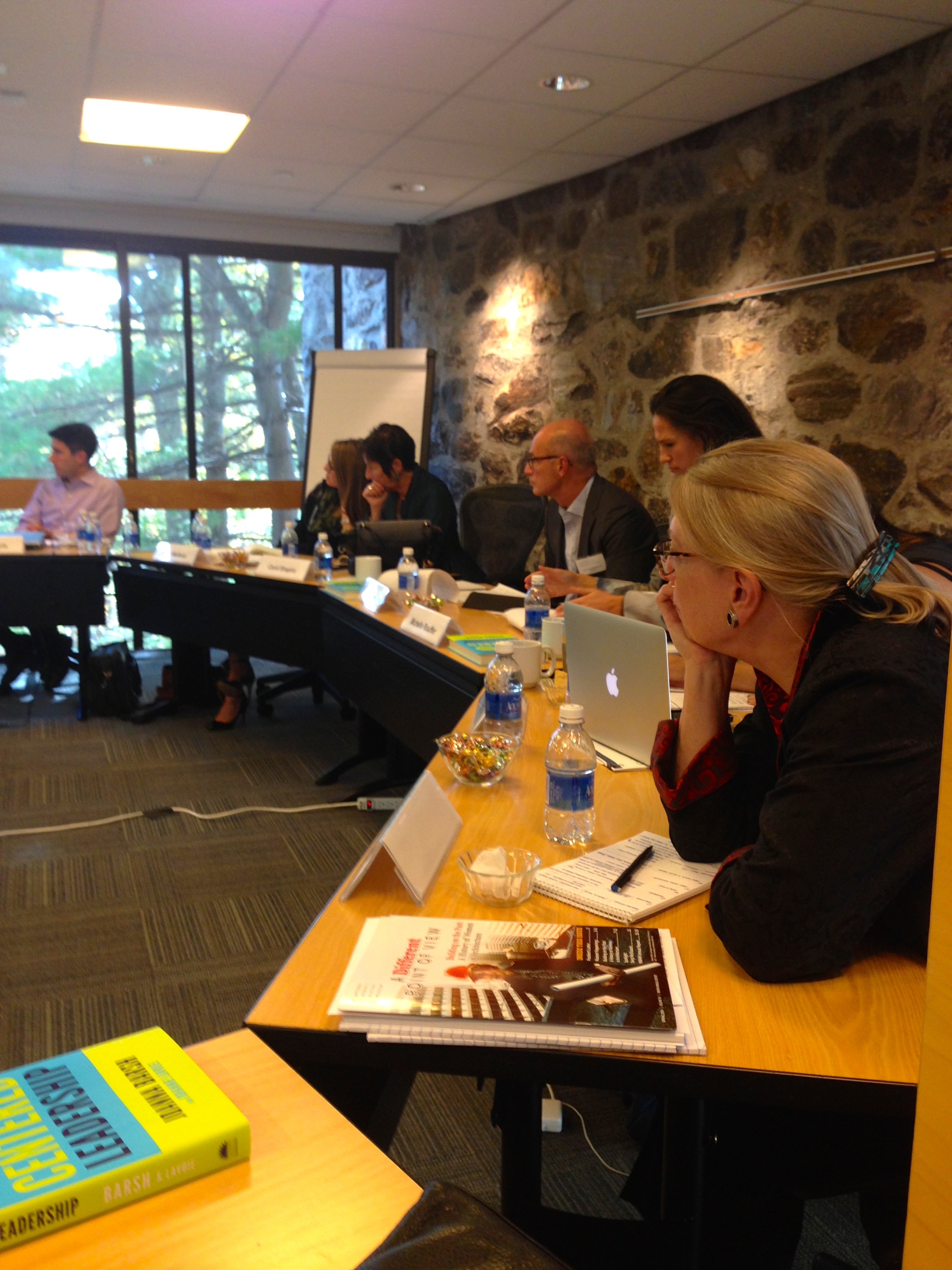Earlier this month, the architecture community lost a significant person, Judith Edelman. She was significant not only because of the quality of her work, but also in her bold efforts fighting for equity in the AIA (American Institute of Architects) and in the profession of architecture. In 1974, Judith Edelman faced the American Institute of Architects with data showing that only 1.2% of registered architects were women. She wanted to show data that proved women were not “paranoid chicks” for thinking there was a serious issue within the AIA. She raised awareness about the gender disparity within the AIA and also founded the Alliance of Women in Architecture.
As a student at Connecticut College and New York University, she advocated for the introduction of more modernist architecture in the academic curriculum while, ironically, her professors often stated that they were wasting their time on teaching the girls that were in the architecture program. After finishing her education, her struggle to find a job only proved that inequity was her continued reality. She was hired by Huson Jackson to draw and design brickwork for mental health hospitals. “He was a great thinker, but he couldn’t draw, interestingly enough,” she stated in an interview. After some travels abroad, she and her husband started their own firm and designed housing for the needy, health clinics, and other various buildings in New York. Ms. Edelman's work was admired and received many awards.
Growth & Development Session. Photo credit: Daniel Wang
Judith was an early ambassador for Equity in Design by shedding light on the issue of inequity within the profession. Her life story helped me realize that to change something, you must be a part of it. Attending the Missing 32% Symposium was when I felt I truly understood this concept. Even though we all acknowledged that there was still a long way to go, the fact that I saw, heard and met women (and men) of all levels, really committed to the movement, was not only crucial for me, but solidified the fact that this is extremely important. It was evident that everyone had really given the topics serious thought and had begun to think of creative solutions. It brought peace of mind to know that I wasn’t alone in my issues with the profession, but that there were really influential people all around me to prove what was on my mind was really important. Settling was no longer an option.
Here we are - the active participants of The Missing 32% Project! There are many parallel issues that continue to exist and I believe that it is important that we pull the techniques from the generations of women that began this journey before us, and translate them to what is concurrent today. Judith’s battle is our battle. The new generation of female architects should be proud to be women, as they are proud to be designers.
It takes a lot of courage to begin a movement. I appreciated the research conducted and the data that reveals that there are continuous issues throughout the length of the individual’s career; which means the participation from everyone at all levels is critical. It is also vital that efforts continue throughout the various pinch-points, and not just when we are experiencing them. It helps narrow the focus, while still being able to acknowledge the parts that make up the bigger issue. On a personal note, attending the Symposium was a very important first step. If you cannot identify what the challenge is, you will not be able to create a solution. I am committed to focus on: gaining more confidence, identifying what I want to do, communication, identifying a champion (especially as I am at the beginning of my career), and practicing presenting my ideas.
I am now aware of how big inequity has been and still is. Without the initial wave from Judith, and the follow-through of The Missing 32% Project, I would very much debate staying in the profession of architecture (which I have wanted to do for 12 years) because quality of life is more important than a job title. However, it is very possible to have both. It’s a creative profession, and that should encourage us to be creative in how we fit in the big world of architecture.
Post by: Danelle Gillingham




